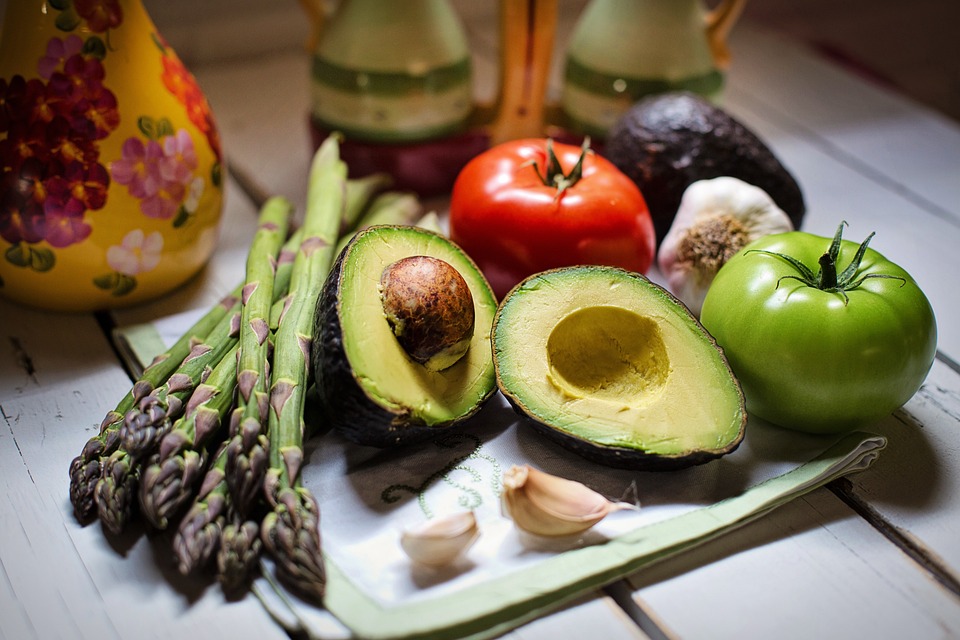Introduction
Gluten-free diets have gained significant popularity in recent years. Whether due to celiac disease, gluten intolerance, or simply a personal preference, more people are adopting this dietary lifestyle. But what exactly is gluten, and why should you consider going gluten-free? In this article, we will explore the basics of gluten-free eating and provide you with essential information to navigate this diet effectively.
What is Gluten?
Gluten is a protein found in grains such as wheat, barley, and rye. It gives dough its elasticity, helping it rise and maintain its shape during baking. While harmless for most individuals, it can cause severe health issues for people with celiac disease or gluten sensitivity. Consuming gluten for these individuals can lead to digestive problems, nutrient deficiencies, and other long-term complications.
Who Should Follow a Gluten-Free Diet?
1. People with Celiac Disease: Celiac disease is an autoimmune disorder where the ingestion of gluten triggers an immune response, damaging the small intestine. If you have celiac disease, a gluten-free diet is the only treatment available.
2. People with Gluten Sensitivity: Some individuals may not have celiac disease but still experience adverse reactions to gluten. This condition, known as gluten sensitivity or non-celiac gluten sensitivity, can cause similar symptoms as celiac disease, although the damage to the small intestine is absent.
3. Personal Preference: While not medically necessary, some people choose to go gluten-free because they believe it promotes overall health, aids in weight loss, or reduces inflammation. If you fall into this category, it is vital to ensure you still obtain necessary nutrients from alternative sources.
Gluten-Free Foods
When following a gluten-free diet, it is important to become familiar with foods that are safe to consume:
Foods to Include:
- Fruits and vegetables
- Lean meats and poultry
- Fish and seafood
- Legumes and pulses
- Dairy products
- Nuts and seeds
- Quinoa, rice, and other gluten-free grains
Foods to Avoid:
- Wheat-based products (bread, pasta, cakes, etc.)
- Barley and rye
- Processed and packaged foods (as they may contain hidden sources of gluten)
Gluten-Free Alternatives
If you have to eliminate gluten from your diet, there are a variety of gluten-free alternatives available:
1. Gluten-Free Grains:
Replace wheat, barley, and rye with gluten-free options like quinoa, rice, buckwheat, millet, and corn. These grains can be used in various recipes and provide similar textures and flavors.
2. Gluten-Free Flours:
Instead of using all-purpose flour, try using almond flour, coconut flour, or gluten-free flour blends. These alternatives can be used for baking and cooking while still providing excellent results.
3. Gluten-Free Pasta and Bread:
Look for gluten-free options made from rice, corn, or legume flours. These products are available in most grocery stores and provide excellent substitutes for traditional wheat-based pasta and bread.
Reading Labels and Cross-Contamination
When following a gluten-free diet, it is crucial to carefully read food labels. Look for products labeled “gluten-free” or with a certified gluten-free logo to ensure they meet the necessary standards. Moreover, be aware of cross-contamination, which occurs when gluten-free foods come into contact with gluten-containing products during manufacturing, storage, or preparation. It is advisable to avoid products processed in facilities that handle gluten if you have celiac disease or high sensitivity.
Conclusion
Understanding the basics of gluten-free eating is essential for anyone considering this dietary lifestyle. By eliminating gluten sources from your diet, adhering to safe food options, and being cautious about cross-contamination, you can successfully navigate a gluten-free journey. Remember, if you have celiac disease or gluten sensitivity, it is essential to consult with a healthcare professional or registered dietitian to ensure your dietary needs are met while maintaining optimal health.




